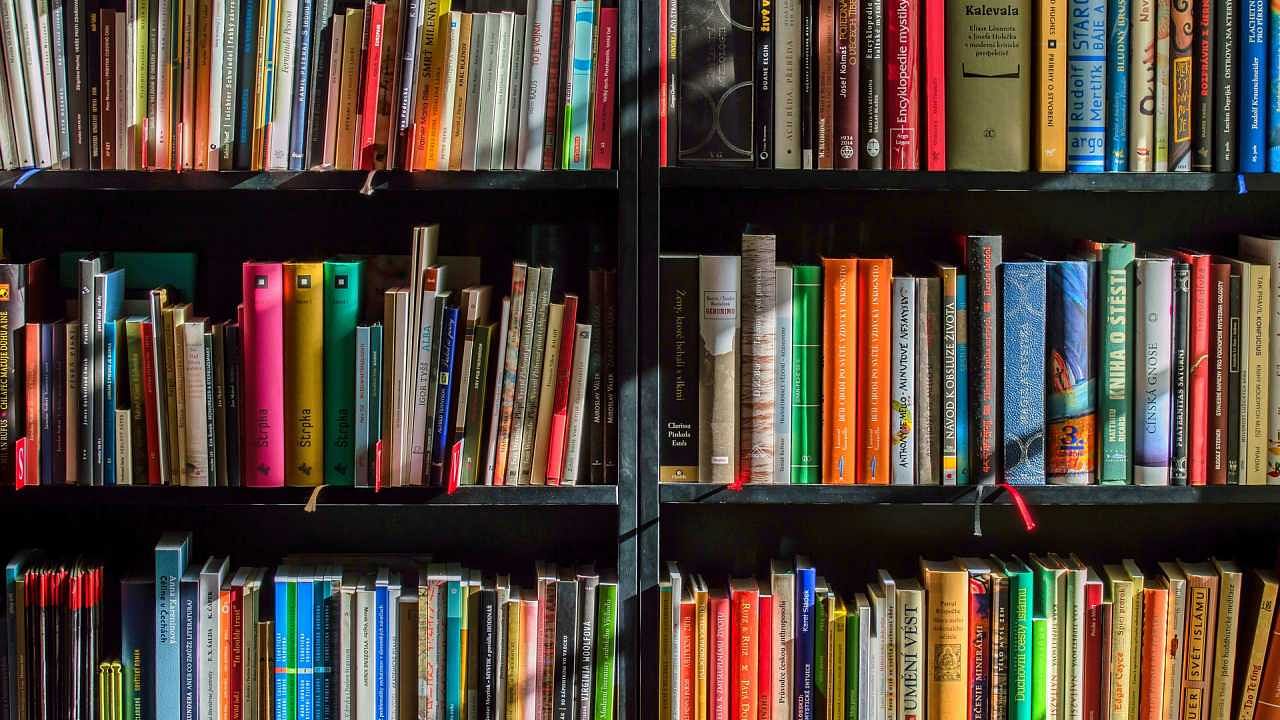
School libraries support literacy and reading, enrich learning programmes, and improve student learning outcomes. The status of school libraries can only be improved when adequate funds are available for strengthening them and improving their accessibility for students. The Karnataka State Budget 2023 has allocated Rs 20 crore for 24,347 schools to inculcate interest and generate awareness about current affairs, strengthen libraries, and establish reading corners by procuring books, newspapers, and periodicals. This allocation is specifically made for the schools in aspirational districts, covering less than 50 per cent of all government schools in the state, and approximately amounts to Rs 8,200 per school.
The focus of the budget on strengthening school libraries is certainly well-placed and much needed, considering that the recently released Annual Status of Education Report (ASER) 2022, which covers rural India, has reported a dip from 46.8 per cent to 30.8 per cent in the availability of library books in schools between 2018 and 2022.
It is also concerning that the survey conducted under the Samagra Shiksha Scheme revealed that Karnataka is lagging behind in providing the bare minimum library infrastructure and resources. The survey covered 815 schools from 24 districts in the state and found that a mere 31 per cent of schools have separate rooms dedicated as libraries.
While schools in Karnataka struggle to establish reading corners and libraries in school premises, the state has garnered appreciation for its initiatives to revive public libraries, especially in rural areas. It is now time to reflect on alternatives and best practices that the state can adopt to fill in the void created by the lack of reading spaces for schoolchildren. One such potential alternative is to form strategic collaborations between the public libraries and schools in the state.
The Rural Development and Panchayati Raj Department of the Government of Karnataka took the lead during the Covid-19 pandemic by reviving rural libraries in Karnataka to ensure that children in these areas had access to books despite school closures during the pandemic. Similarly, community libraries have partnered with schools to implement and monitor a Classroom Library Programme that curates and builds a collection of books based on the reading abilities of children.
The purpose of collaboration between schools and public libraries stems from their shared goal of creating a conducive learning environment that ensures the holistic development of children. These collaborations can focus on two major areas: facility-based services and outreach services. Facility-based services include providing space, curating reading materials and resources, and assisting schools in establishing and managing school libraries. Public libraries may install shelves across schools with access to books, encouraging students to pick up these books.
Outreach services are proactive steps taken by public libraries to promote their services among school students, such as by conducting reading-related activities such as story sessions, competitions, and study groups that can cater to students of all age groups. This also includes libraries acting as homework clubs, where students can find space and internet access to complete their assignments and effectively prepare for examinations.
Additionally, schools must integrate “library classes” on a regular basis, where students visit libraries and are given the choice to read books.
These outreach activities not only draw students but also their family members, thereby fulfilling the purpose behind establishing public libraries. Implementing these short-term solutions can foster a strong partnership between schools and public libraries. However, for such collaborations to sustain themselves in the long-term, there needs to be a strategic partnership between the Department of Public Libraries and the Department of Public Instruction (Education) to share resources—human and infrastructural—for the benefit of children going to government schools.
A collaboration between public libraries and schools will not only ensure that students have access to resources but also keep a check on public libraries, which now have to ensure they have adequate resources, infrastructure, and the ability to provide for the students.
On its part, the state government must increase the amount allocated per school and the total number of schools that are covered. Meanwhile, public libraries can continue to act as socially and culturally inclusive community spaces, vital for the development of children.
(The writers work at the Vidhi Centre for Legal Policy.)